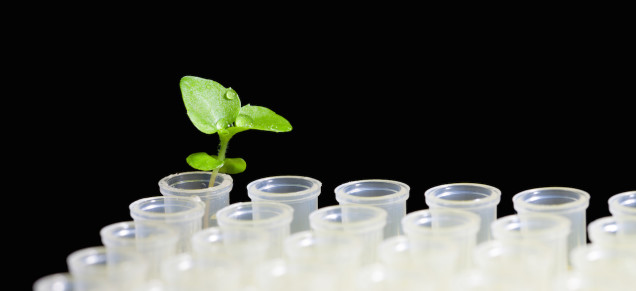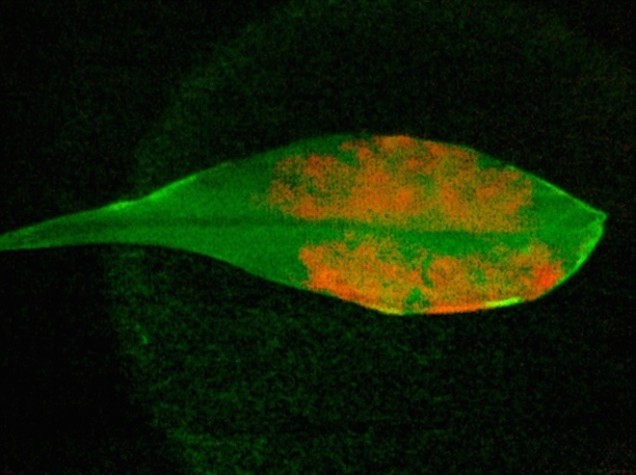Scientists Make Plants Work Better by Making Them Bionic
2014.03.18

Graphene is truly some magical material. So it's no surprise that a team of chemical engineers and biochemists have managed to change how plants work, using that. They made plants work better by embedding carbon nanotubes into the plants' leaves so that they can absorb more light.
The technique is not quite perfect. "We envisioned them as new hybrid biomaterials for solar energy harnessing, self-repairing materials [and] chemical detectors of pollutants, pesticides, [and] fungal and bacterial infections," said MIT chemical engineer Juan Pablo Giraldo.

The carbon nanotubes are sheets of graphene rolled into straw-like shapes, and it can absorb light and convert it into electron flow. The photosynthesis rates in these plants were three times higher than those without.
Could modifying plants with this technique give us cleaner air? Will bionic plants be the norm in the future?
[Nature Materials via Scientific American]
More Articles
Copyright © Fooyoh.com All rights reserved.